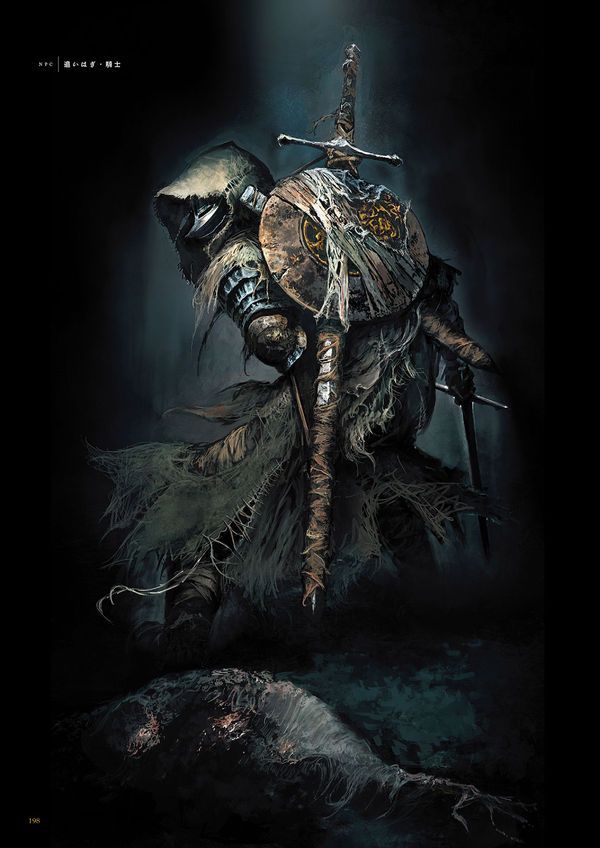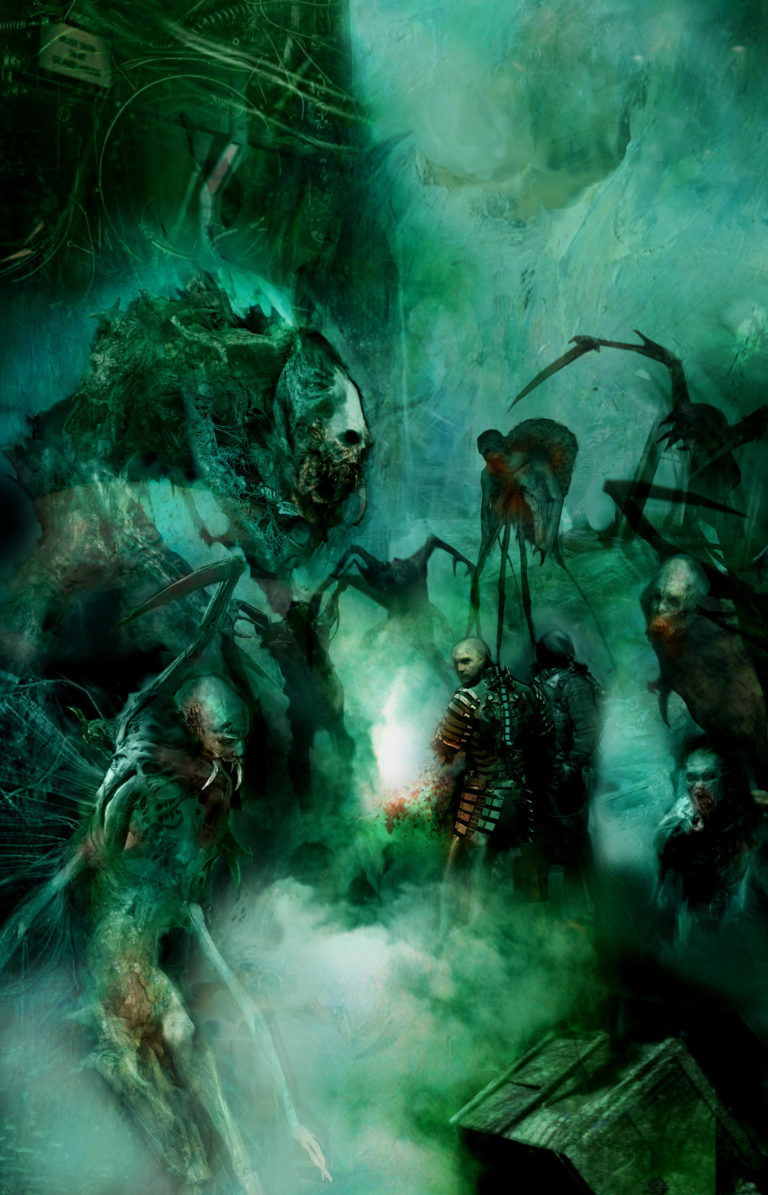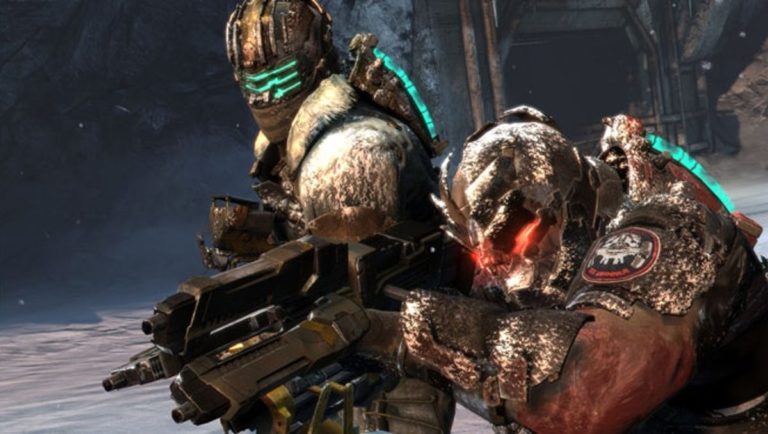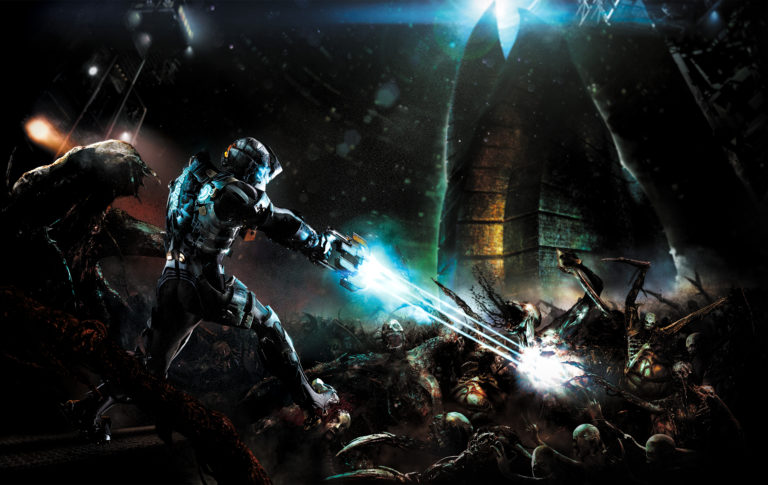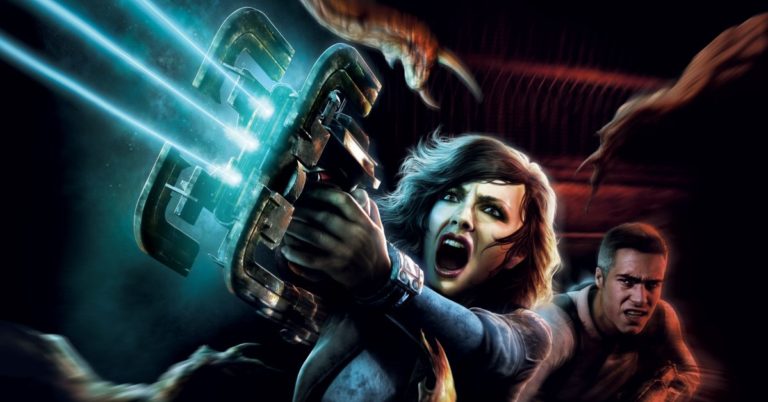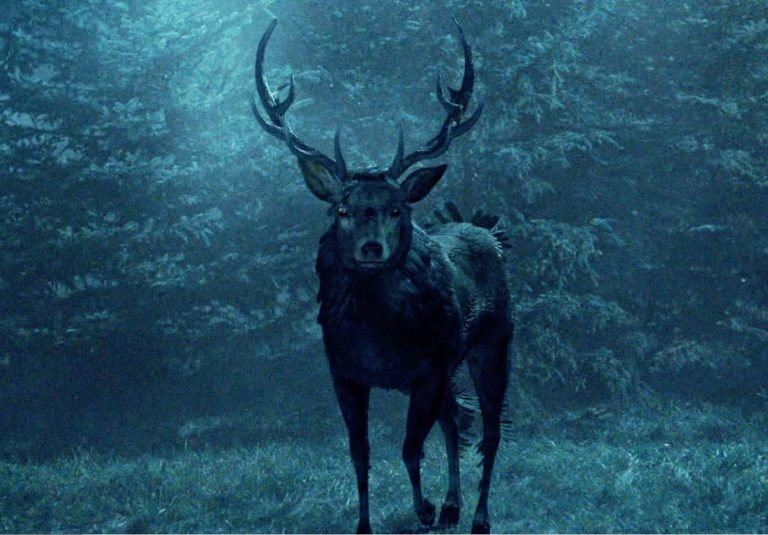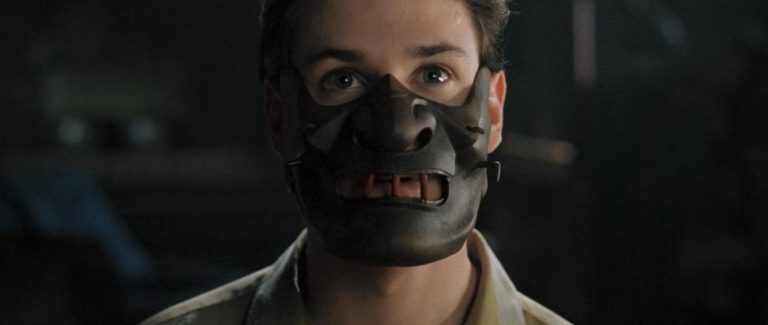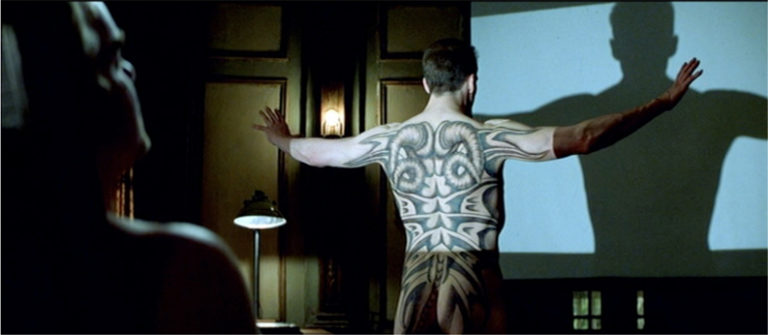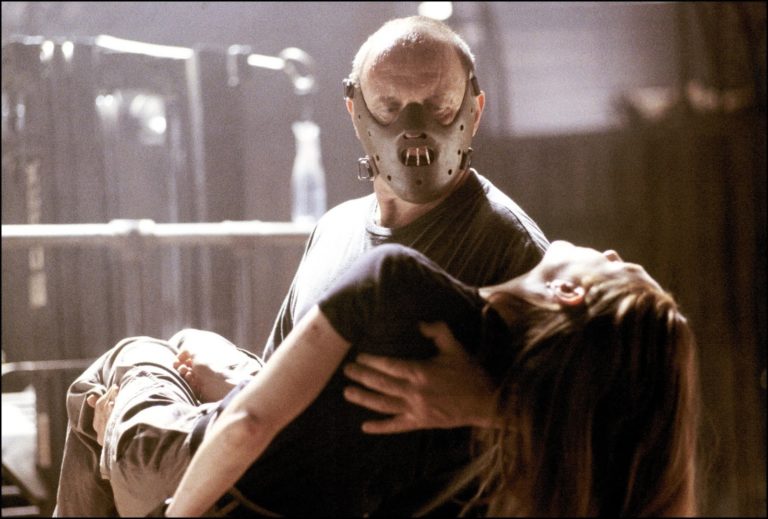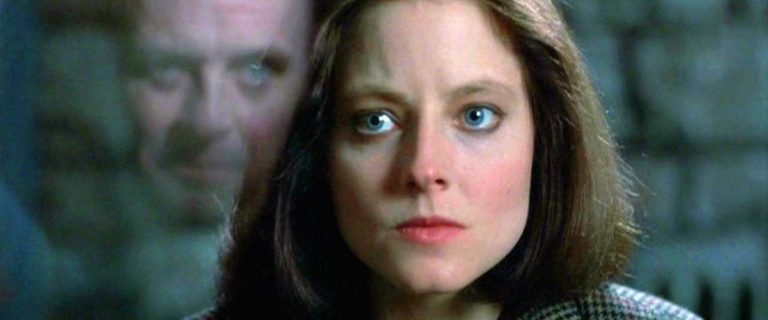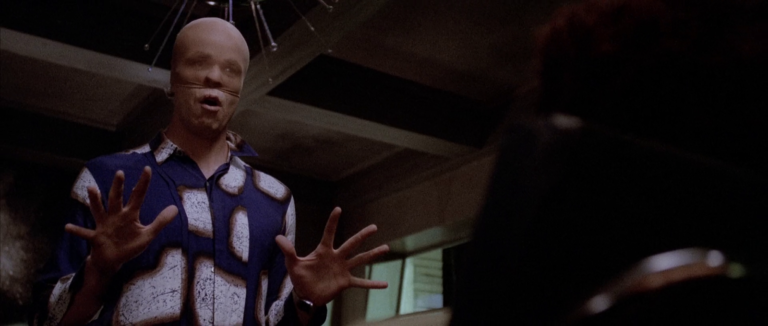It has been a while since I did a Pokemon Love/Hate and you may notice that there...
Barloq
Writer, blogger, father. Blogging since 2012, writing my whole life. Was blessed by the chupacabra and the guardian shepherd.
Like many a life-long nerd, I have played several roleplaying games over the years and have built...
From the very beginning Dead Space was conceived as a multi-media franchise. To that end it managed...
Man, I was being nice to this game back when I wrote my original review of it....
Welcome back to the next entry in the Dead Space Love/Hate series. Today we’re going to be...
For the second entry in the Dead Space Love/Hate series, we have Dead Space: Extraction, the shockingly...
Dead Space is one of my favourite video game franchises. It’s like it’s made to appeal to...
Hey everyone! Depending on when you read this, you may have noticed that things are looking a...
Welcome back to a very special bonus entry in the Hannibal Lecter retrospective! In today’s post we’re...
Welcome back to the Hannibal Lecter retrospective! In today’s entry we’re going to be looking back at...
Welcome back to the Hannibal Lecter retrospective! In today’s post we’ll be looking at 2002’s prequel/remake/cash-in, Red...
Welcome back to the Hannibal Lecter retrospective! In today’s post we’ll be looking at the follow-up to...
Welcome back to the Hannibal Lecter retrospective! In today’s post we’ll be going over The Big One,...
If you follow me on Twitter then you may have heard recently that I have been devouring...

